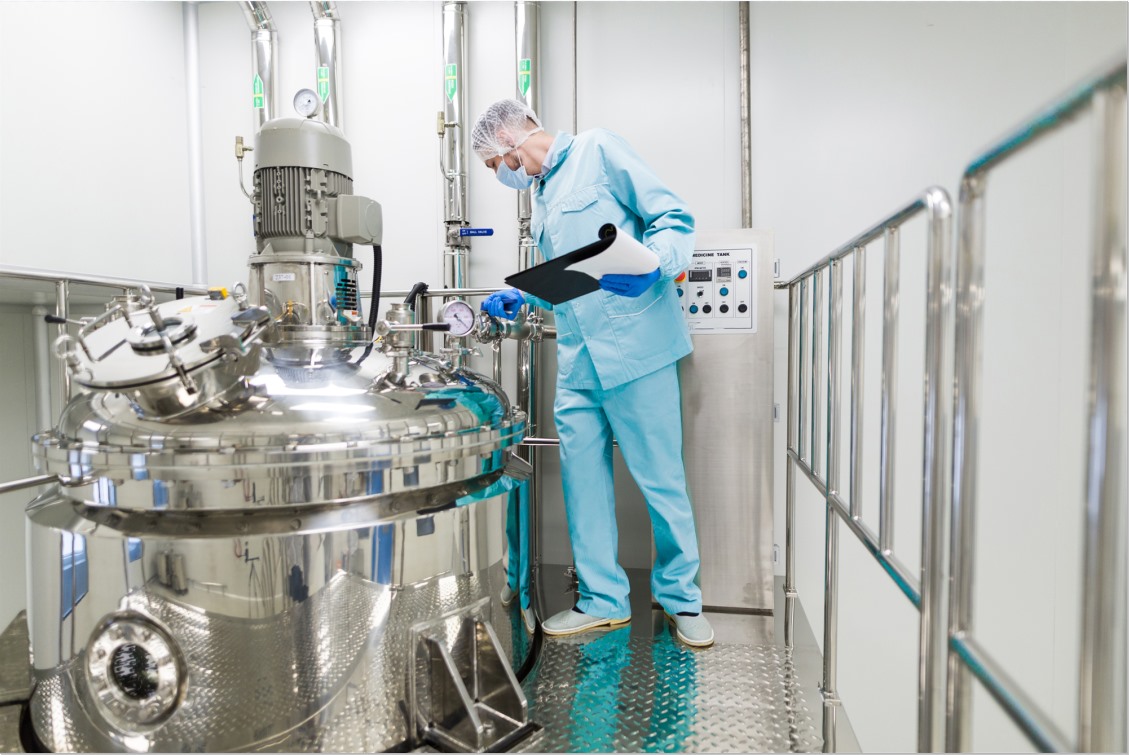Reactor Automatic Control System
Overview of Reactor Automatic Control System
The broad understanding of a reactor is a vessel with physical or chemical reactions. Through the structural design and parameter configuration of the container, the heating, evaporation, cooling, and low-speed mixing functions required by the process can be realized. Our self-developed reactor automatic control system achieves the best reaction conditions by controlling the speed of the motor and the temperature of the heat source, then achieves the purpose of a full reaction.

Application of Reactor Automatic Control System
Reactors are widely used in petroleum, chemical, rubber, pesticide, dye, medicine, food and other fields. They are pressure vessels used to complete vulcanization, nitration, hydrogenation, alkylation, polymerization, condensation and other processes, such as reactors, reaction tanks, decomposition tanks, polymerization tanks, etc.
Working principle of Reactor Automatic Control System
The reactor is a comprehensive reaction vessel, and the structure, function and configuration accessories of the reactor are designed according to the reaction conditions. From the feed-reaction-discharge, the preset reaction steps can be completed with a high degree of automation, and the temperature, pressure, mechanical control (stirring, blasting, etc.), reactants/products during the reaction process Important parameters such as concentration are strictly regulated.
Composition of Reactor Automatic Control System
The structure is generally composed of a reactor body, a transmission device, a stirrer device, a heating device, a cooling device, and a sealing device. Corresponding supporting auxiliary equipment: fractionation column, condenser, water separator, collection tank, filter, etc.
Classification
According to the heating/cooling method, it can be divided into electric heating, hot water heating, thermal oil circulation heating, far infrared heating, external (inner) coil heating, etc., jacket cooling and kettle internal coil cooling, etc. The choice of heating method is mainly related to the heating/cooling temperature required by the chemical reaction and the amount of heat required.
Precautions During Operation
Reactor Automatic Control System
The control system of reactor realizes intelligent control by controlling jacket temperature, the speed of the stirring, etc. This control system has good reliability and high degree of automation , Easy to use, simple operation, rich functions, flexible control, beautiful appearance, high cost performance and so on.
The control panel used in this control system is independently developed by us. This control panel is developed by our R&D team according to the customer's process flow and parameter requirements to suit the customer's system control panel.The control panel is more concise and intuitive, with a humanized man-machine interface, which is easy to operate and use. Equipped with a touch screen, the system will have a good human-machine interface, which can display the complete system operating status, equipment status and various parameters, and the operating parameters are centralized digital display. It can be controlled locally, and can also be networked with the central control room to facilitate remote monitoring by users.

| Specification of Reactor Automatic Control System | |||||||
|---|---|---|---|---|---|---|---|
| Type | CN-50 | CN-100 | CN-200 | CN-300 | CN-500 | CN-1000 | CN-2000 |
| Cylinder Size(mm) | 450*500 | 450*500 | 600*700 | 750*750 | 900*800 | 1200*1000 | 1400*1500 |
| Actual Capacity (L) | 61 | 150 | 253 | 396 | 699 | 1393 | 3000 |
| Jacket Capacity(L) | 65 | 120 | 200 | 250 | 290 | 560 | 750 |
| Heating Area (m2) | 0.78 | 1.36 | 1.9 | 2.41 | 2.7 | 4.5 | 7 |
| Motor Power (KW) | 0.55 | 1.1 | 1.5 | 3 | 2.2 | 4 | 5.5 |
| Note: Parameter is for reference only, if any changes should follow the factory technical data. | |||||||

